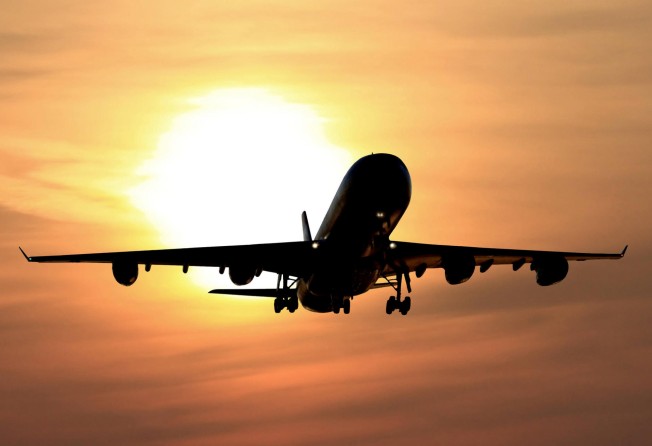
Book review: 'The Skies Belong to Us', by Brendan Koerner

The Skies Belong to Us: Love and Terror in the Golden Age of Hijacking by Brendan Koerner Crown
Hector Tobar
The freewheeling, hijacking-crazy days of the 1960s and early '70s come to life vividly in Brendan Koerner's evocative new page-turner. With abundant research and a sharp eye for the absurd, Koerner transports us to a time long before anyone thought of crashing planes into buildings,

All that began to change, Koerner argues, thanks in part to one especially colourful pair of young lovers who carried out one of the boldest takeovers of an airplane in US history.
At first blush, Roger Holder and Cathy Kerkow were a most unlikely pair of hijackers. Holder was an African-American Vietnam veteran whose war experience left him troubled, adrift and in debt; Kerkow was a white masseuse and small-time drug dealer.
In Koerner's sensitive and entirely convincing portrayal - drawn from legal documents, news accounts and interviews - Holder and Kerkow are romantic outcasts. They're in their early 20s, and they've admired such groups as the Black Panthers and the Weathermen without ever engaging in a political act themselves.
When Holder gets busted for writing fake cheques and Kerkow quits her job, they find themselves broke and rootless. After seeing repeated news accounts of hijackings, Holder consults astrology charts and chooses a date for what he boldly calls "Operation Sisyphus". He and his girlfriend plan to hijack a plane with a fake bomb and demand US$500,000 and the freedom of Angela Davis, the former University of California, Los Angeles professor then on trial in northern California. Then they'll spirit Davis away to North Vietnam, resettle in the Australian Outback and live "happily ever after", Koerner writes.
Their plan is hare-brained and half-baked. But they imagine it will work because so many other people have got away with even crazier stunts.
About 180 planes were hijacked in the US in the decade before Holder and Kerkow took over Western Airlines Flight 701 from San Francisco to Seattle in 1972. In the months preceding their caper, one plane was hijacked by a 14-year-old boy, another by a 74-year-old first world war veteran, and one by an alcoholic used-car dealer wearing shorts and sandals "so that he could hit the beach immediately" after landing in Cuba.
Holder and Kerkow are only slightly better prepared. Once in the air, Holder makes a spontaneous decision that will eventually make their hijacking a record breaker: they will travel farther than any other air pirates in US history.
What happens to the couple after their plane reaches its destination is exciting and dramatic - but their post-hijacking lives quickly become boring and purposeless.
The media eventually forgot the hijacking lovers. But the impact of their impetuous actions was quick and enduring. Within six months, Americans were standing en masse before airport metal detectors for the first time. The press expected passengers to rise in revolt. They did not. Nor would they in the decades that followed, as security procedures and devices became increasingly elaborate.
McClatchy-Tribune